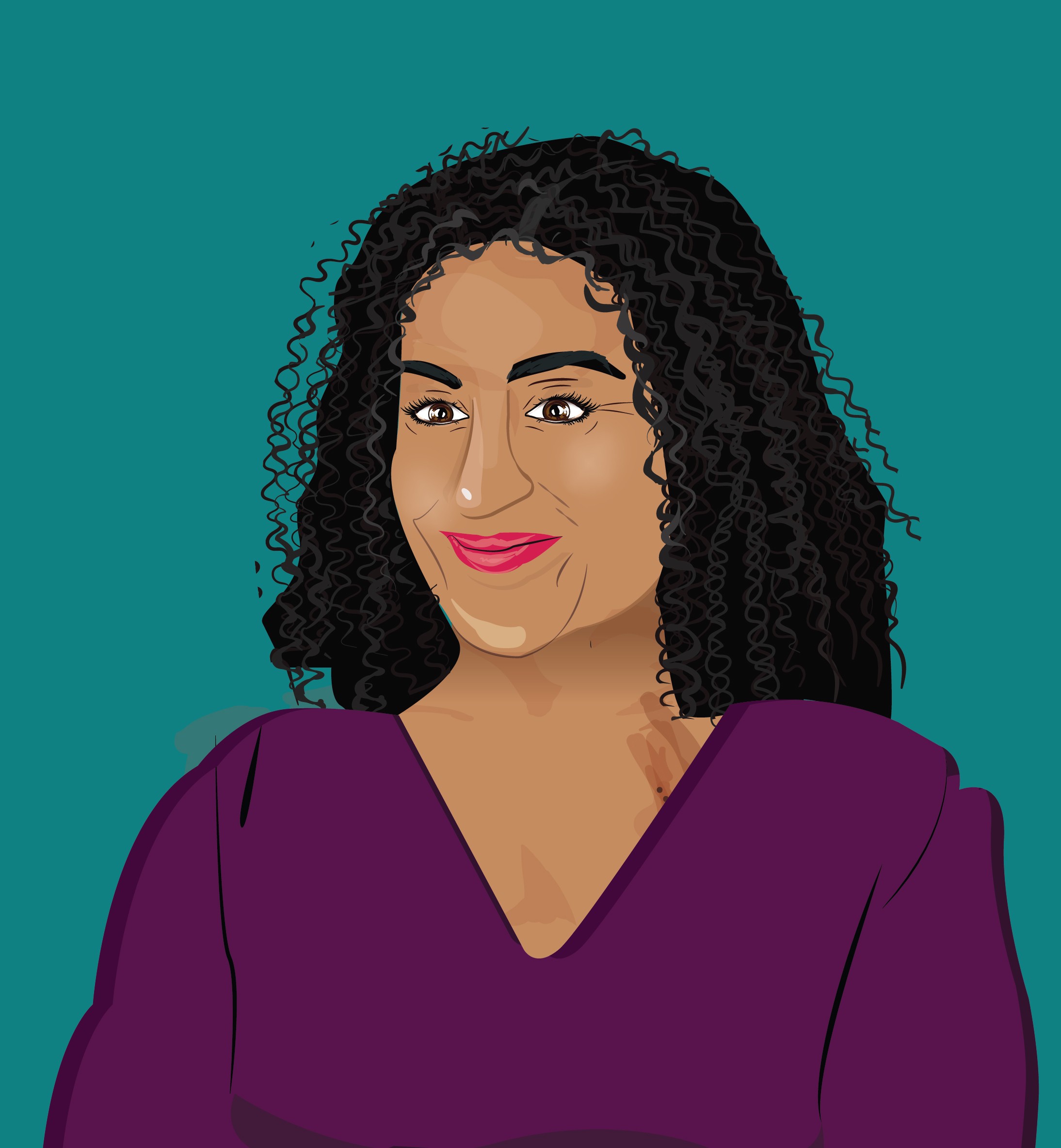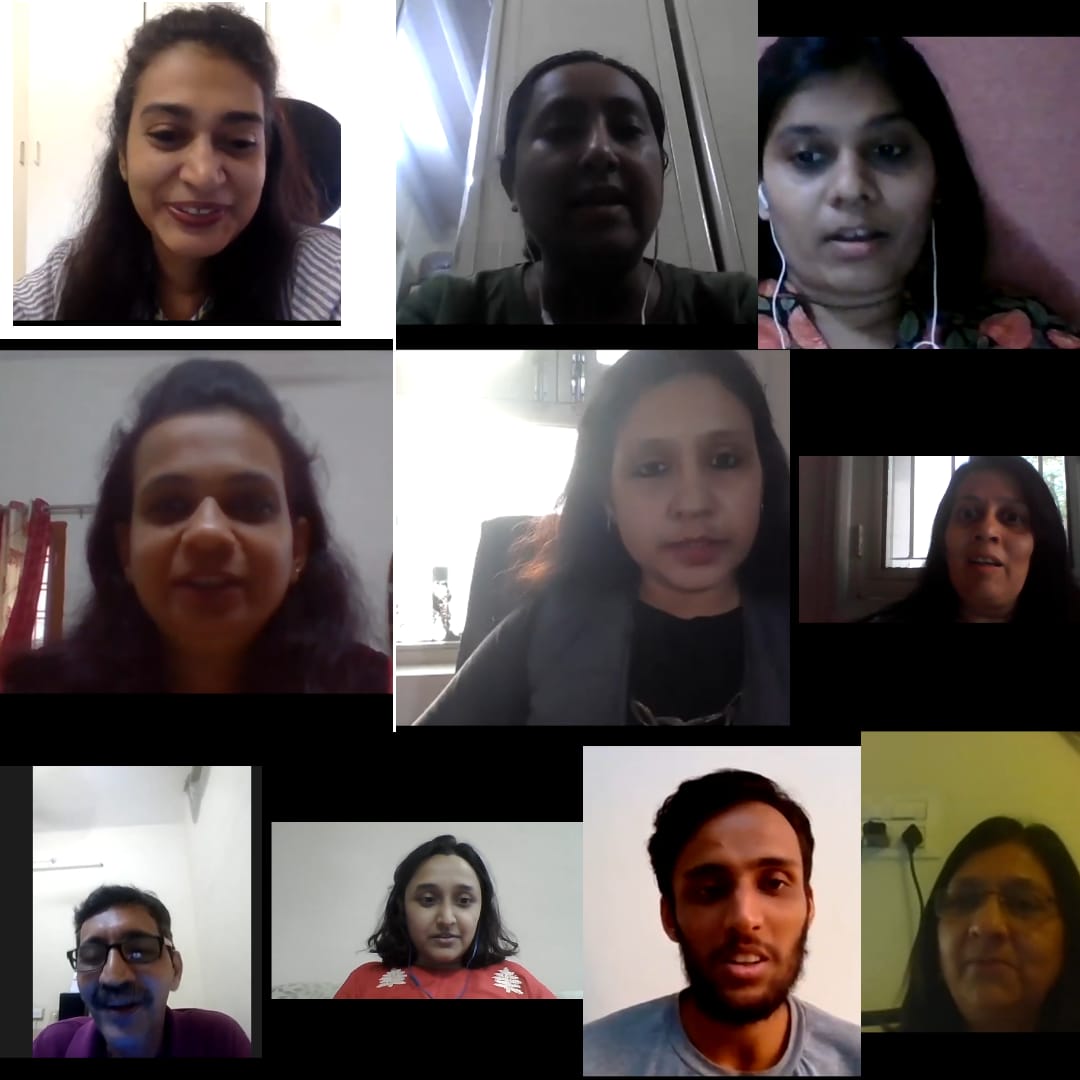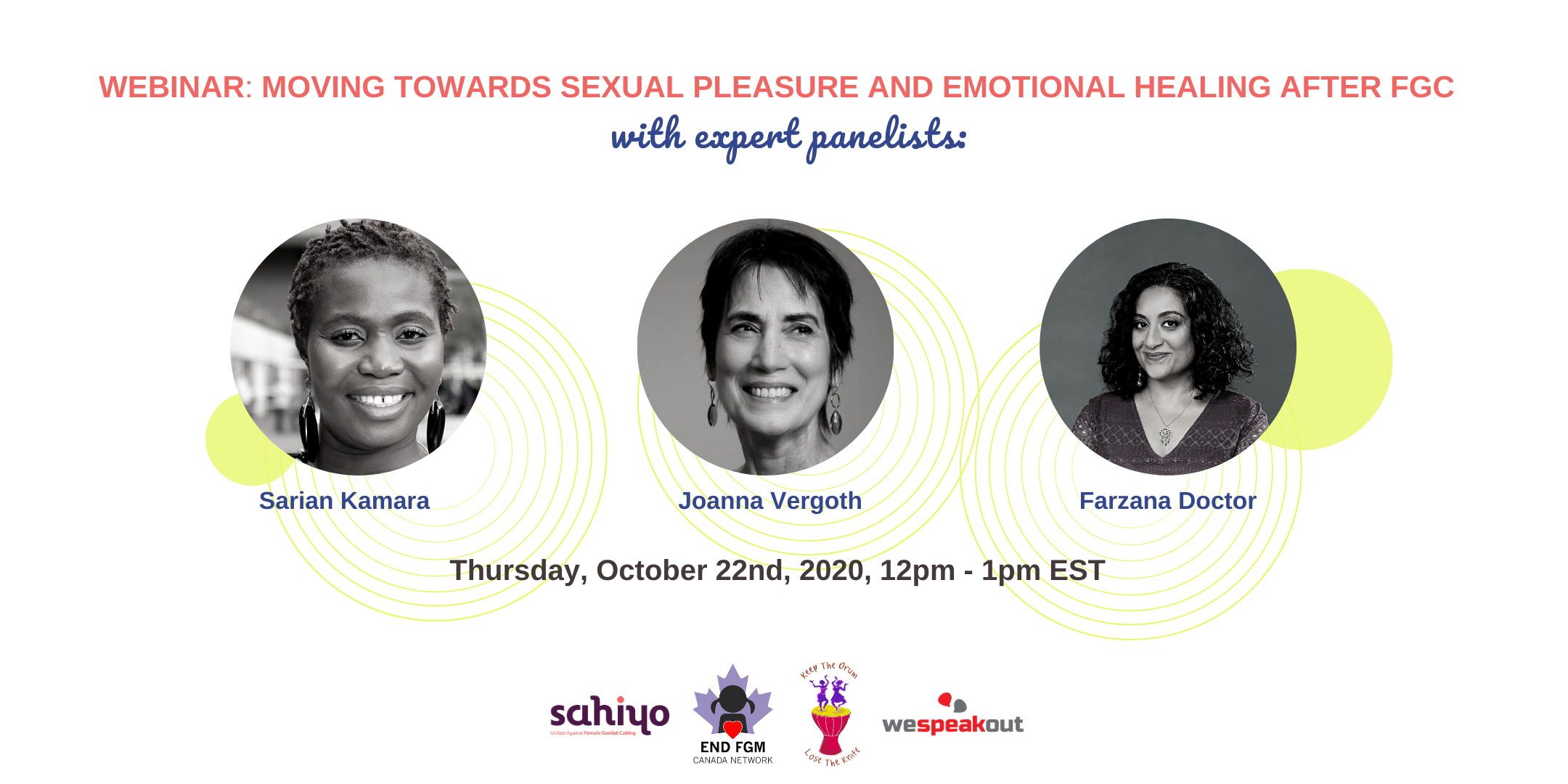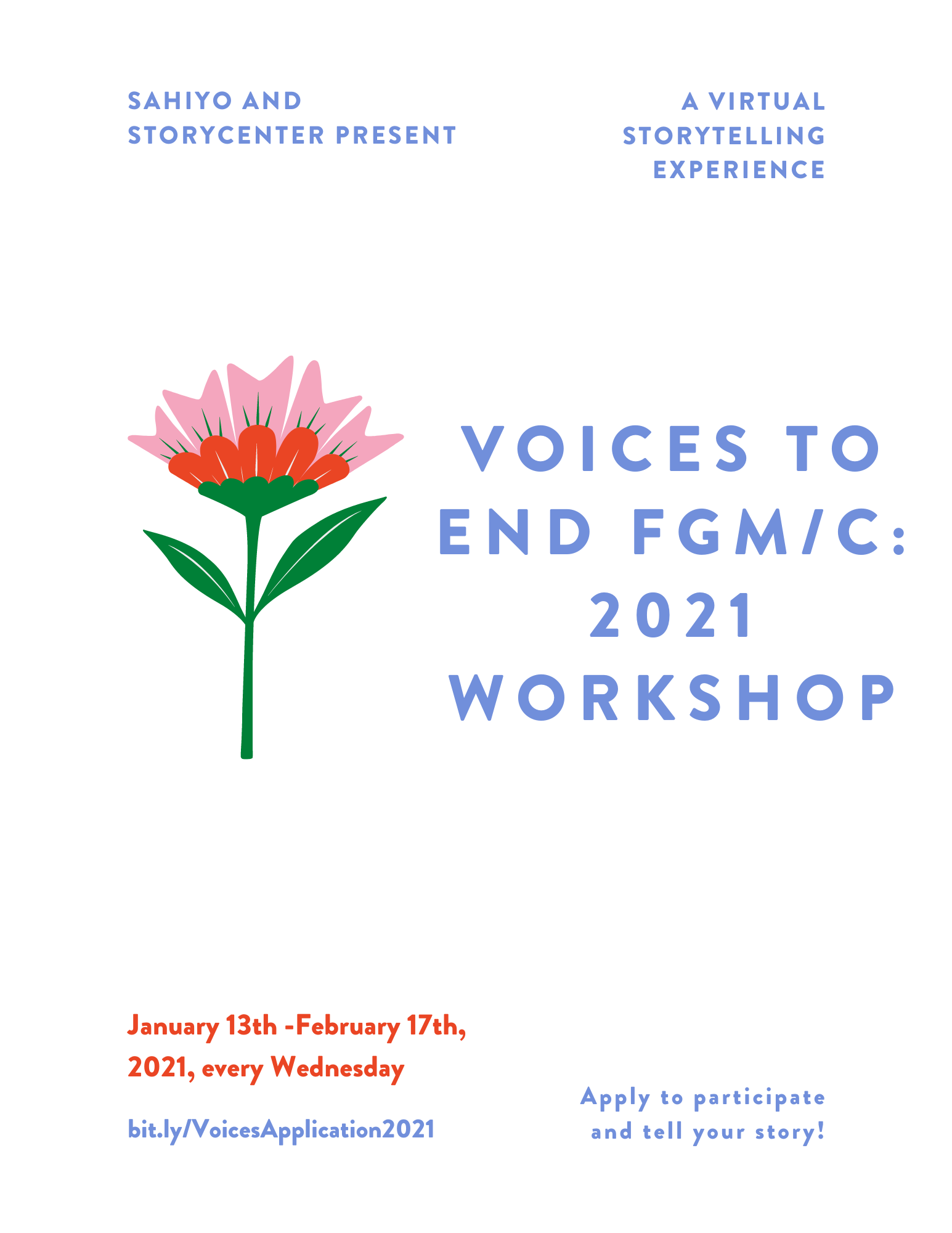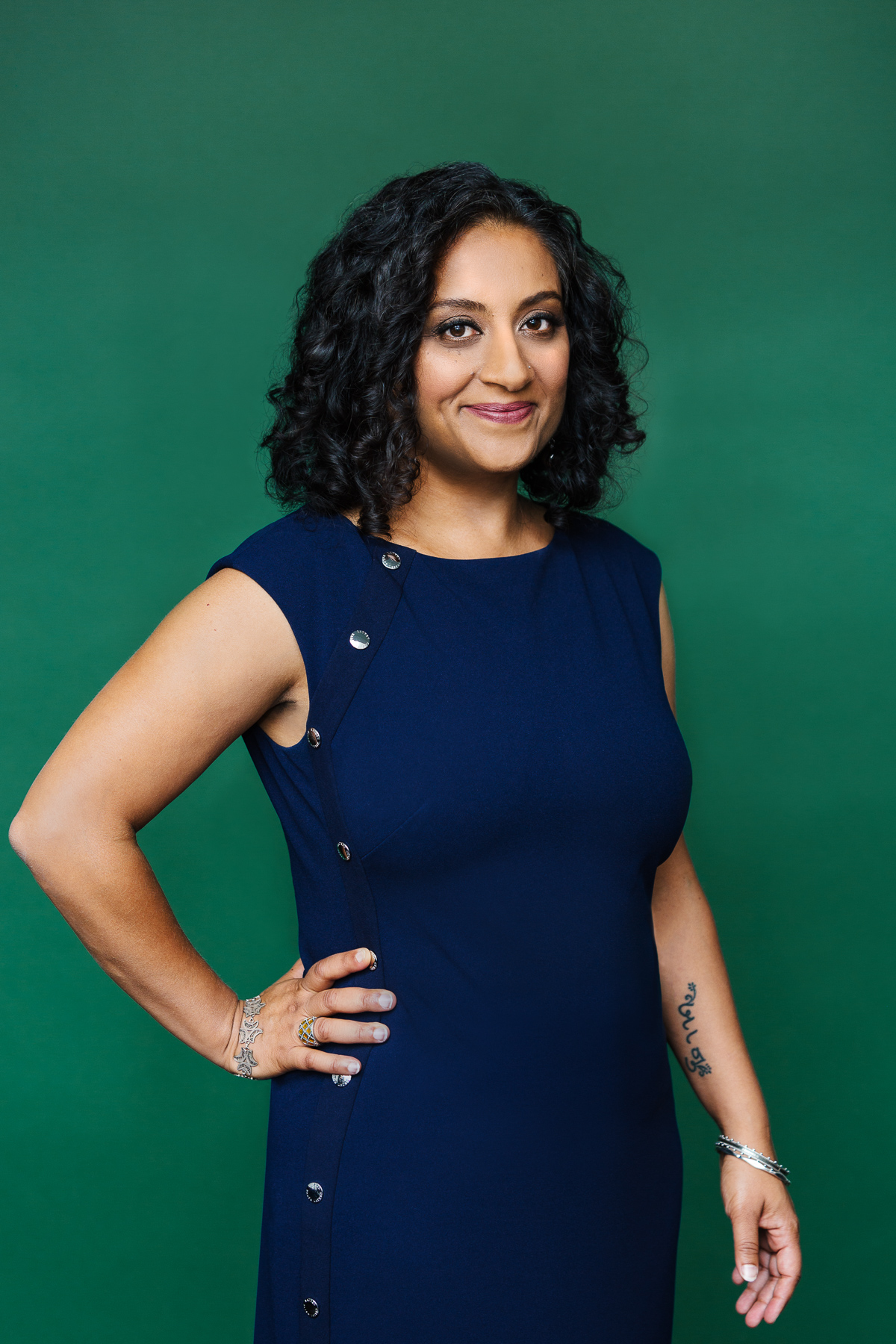Dear Maasi is a column about everything you wanted to know about sex and relationships but were afraid to ask! It’s a partnership between Sahiyo and WeSpeakOut, and is for all of us who have questions about khatna (female genital mutilation/cutting or FGM/C) and how it impacts our bodies, minds, sexualities and relationships. We welcome you to submit your anonymous questions.
Dear Maasi,
How do you navigate being a public advocate on female genital mutilation/cutting (FGM/C) while being so exposed and having your identity conflated with such a deeply personal issue? This is particularly tough in the world of online dating.
—Anonymous
Dear Anonymous,
This is a great question, and I think many survivors who have chosen to be “out” in the public realm have had to grapple with this situation. To be clear, it is a choice to be a public advocate, and everyone has to make the choice that’s best for them.
People assume so many things about us FGM/C survivors, don’t they, Anonymous? It’s such a stigmatized issue, that people don’t understand that we are all different. We remember differently. We have different symptoms. We have different sexual functioning. We have different religious beliefs and connections to our families and communities. In other words, you can’t assume anything about an FGM/C survivor. And yet people do. These assumptions create shame and can be entirely inaccurate.
Many of us, at the time of the original trauma, were told, “This is nothing; don’t cry,” and “This is a secret; don’t talk.” Therefore, speaking publicly about how FGM/C is harmful can seem wrong or shameful.
At the same time, as kids, we probably didn’t understand what was happening to our bodies; and as a coping strategy, children tend to blame themselves rather than the trusted adults. Thinking it’s our fault creates shame.
All of this to say that FGM/C can leave us with a lot of shame. I’ll come back to this in a bit.
I’ve been an activist since 2015, but I was super nervous about being public. I admired and envied my activist sisters who could openly discuss their survivor experiences. While they were the best role models and supporters, I couldn’t follow their examples. When I tried, I’d dissociate, feel exhausted and unwell; my body signaled a big “no” to me. I wasn’t ready.
The hitch was that I was finishing a novel about FGM/C in my community, and I knew that I’d be asked about my personal connection to the issues at festivals and in media interviews. Despite the dread I felt, I knew I had to work through my anxieties and become ready. But this wasn’t a simple process. I returned to therapy. I did mock interviews where friends asked the most intrusive questions, and I had to sort out my boundaries and decide how to answer. I had to challenge my own beliefs and stereotypes about what it means to be a survivor. I wrote Seven Things Not to Ask A Khatna Survivor, both for myself, my friends and readers. Still, I was nervous.
And then something unexpected happened at the beginning of my book tour. I didn’t feel dread. My body began to say yes to public speaking. I saw the questions that came my way as opportunities, not intrusions. I haven’t stopped talking about it since I started, over three months ago. And I’ve been fine. Better than that, I’ve felt liberated from the shame.
This is a long way of saying that people will continue to make assumptions about me—and to conflate khatna/FGM/C with my identity, perhaps for the rest of my life—and because I have no shame about it, I no longer care.
I have a feeling that this works similarly with any marginalized identity or experience we hold. When we surface and work through our internalized shame about being racialized, or women, or Muslim or fat or poor or disabled or queer or older or depressed or chronically ill, we liberate ourselves.
The process of moving from shame to liberation will look different for each of us. I think the first step is acknowledging any shame you might feel. Here are a few questions to ask yourself (and while doing so, notice your emotions and your body’s response):
-What myths or assumptions exist about FGM/C survivors? List them. Which do I believe, even a little bit?
-Is the cut to my genitals shameful? Are my genitals shameful? In what ways?
-How do I feel if a neighbour or a colleague or a stranger knows I am a survivor?
This brings us to online dating. It’s standard practice to Google a potential date and to scan their social media profiles. There’s probably no way to escape people knowing about us before they meet us.
Mariya Karimjee talked about her experiences with dating, sex and being a public advocate on the Sex Gets Real podcast (Jan 29, 2017). At about the 48-minute mark, she describes the two kinds of men she’s met through online dating: the first who is “totally freaked out” by what they assume to be her “baggage,” and the second who imagines himself as someone who can “fix her with his magic penis.” We can assume that both these types of men are not worthy of anyone’s attention, Anonymous!
A third type of date might be someone who understands that psychological and sexual trauma is common and their aftereffects varied. They don’t make any assumptions about us. This is the sort of person you can have interesting, complex and intimate conversations about your experiences, including those about being an FGM/C survivor and advocate. Check out September’s column for some tips on how to have these conversations.
I’m hopeful that as we continue to do our advocacy, we’ll normalize conversations about FGM/C, and more people—including our neighbours, colleagues and potential dates—will be this kind of person. While you search for them, I hope that you will be shameless in the best kind of way.
—Maasi
About Maasi, aka Farzana Doctor:
Farzana is a novelist and psychotherapist in private practice. She’s a founding member of WeSpeakOut and the End FGM/C Canada Network. She loves talking about relationships and sexuality! Find out more about her at www.farzanadoctor.com.
Disclaimer:
While Farzana is full of good advice, this column won’t address everyone’s individual concerns and should not be used as a substitute for professional medical or psychological care.
Read the Hindi translation here.

